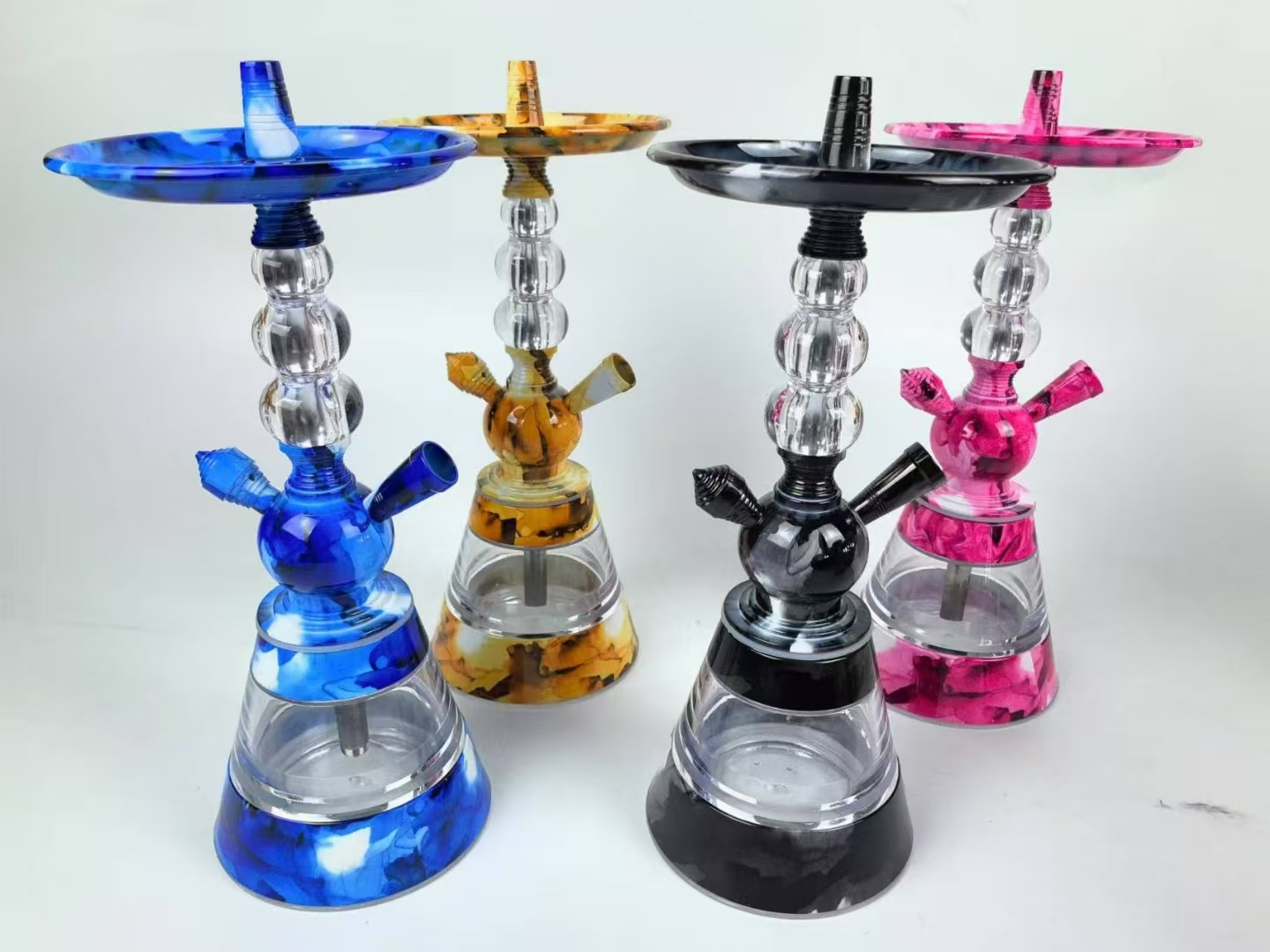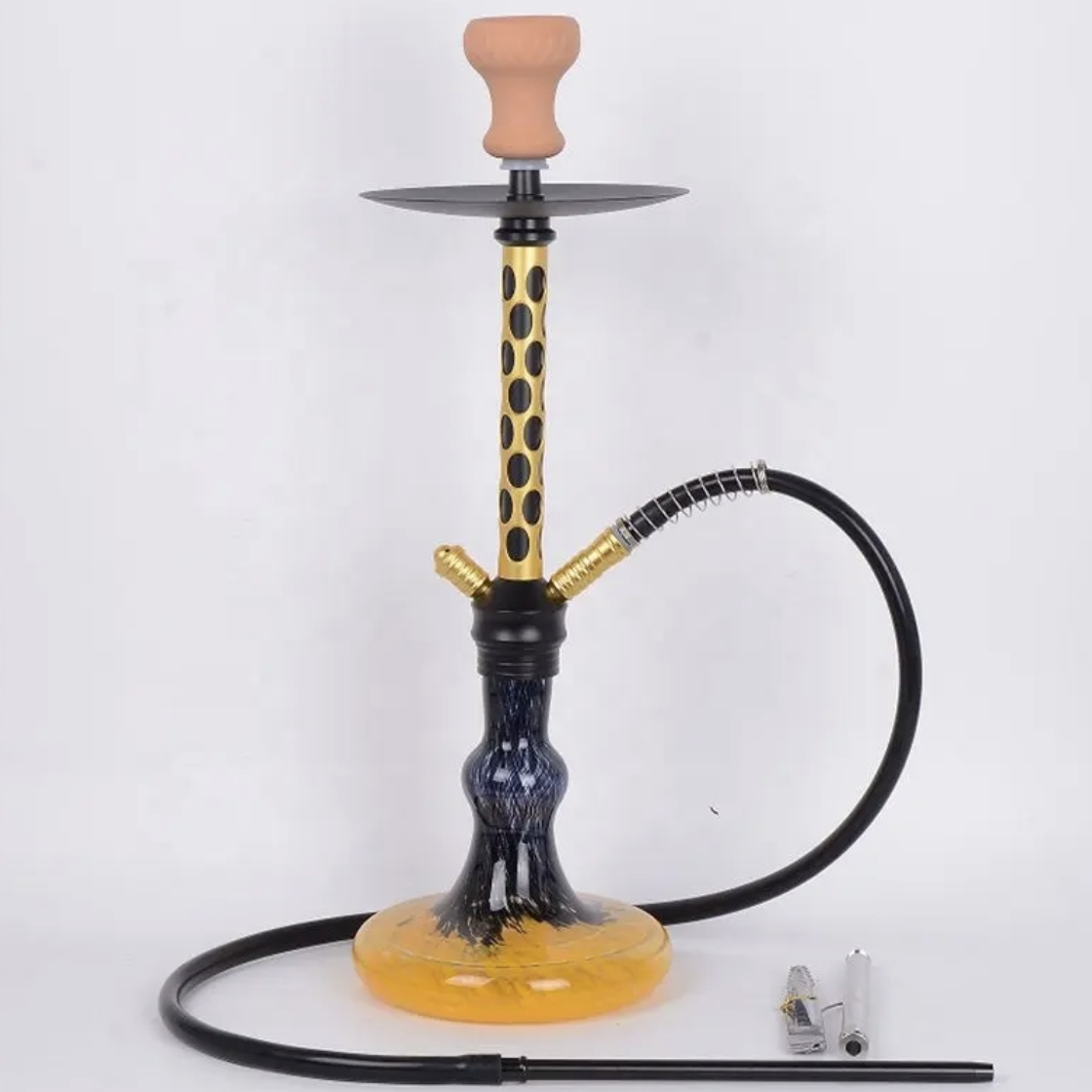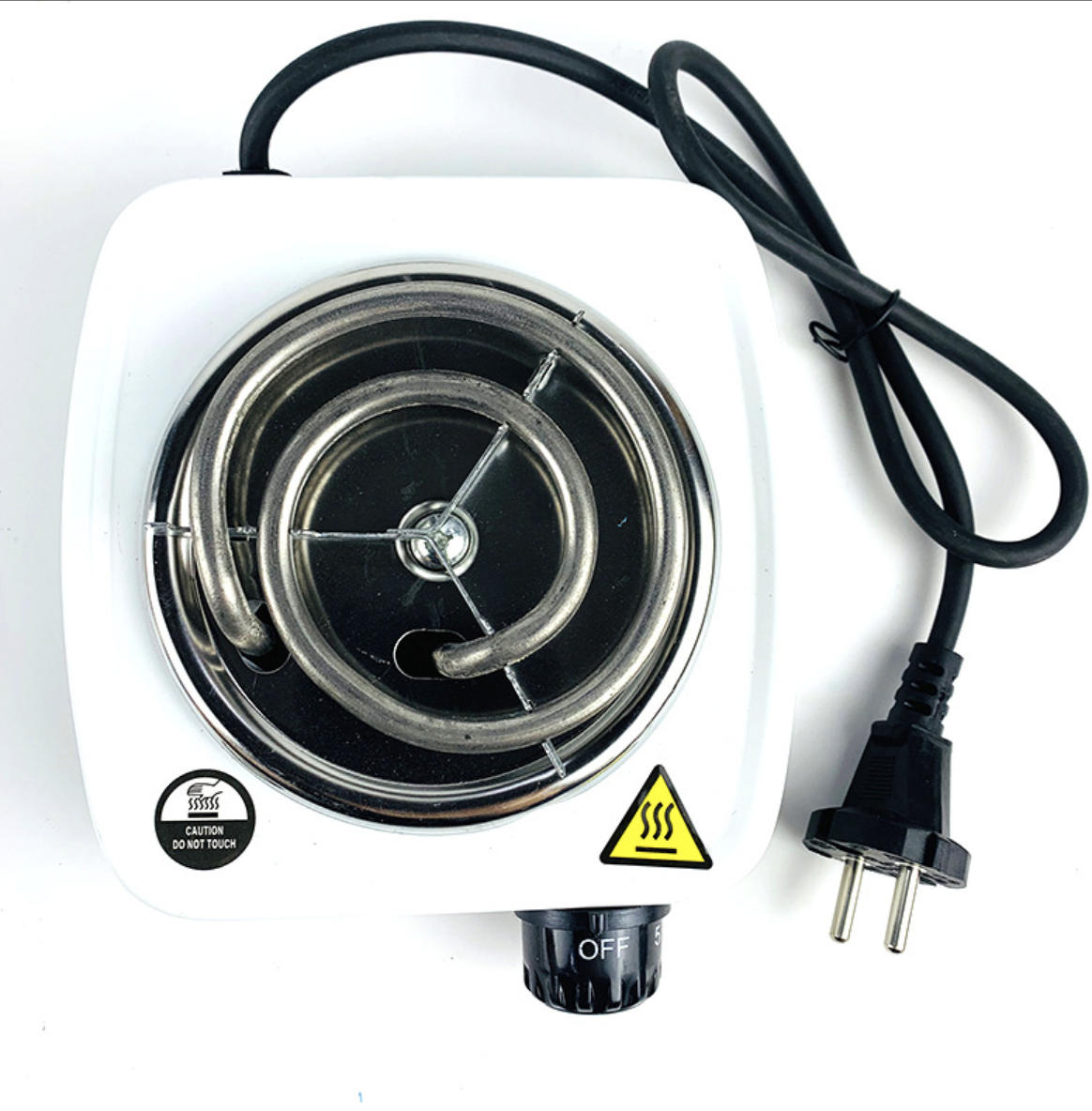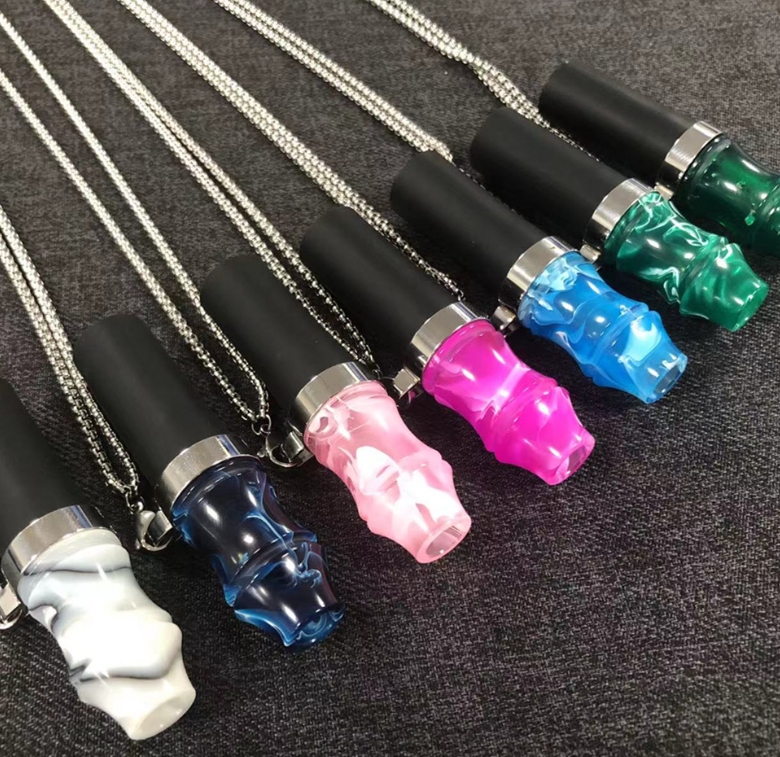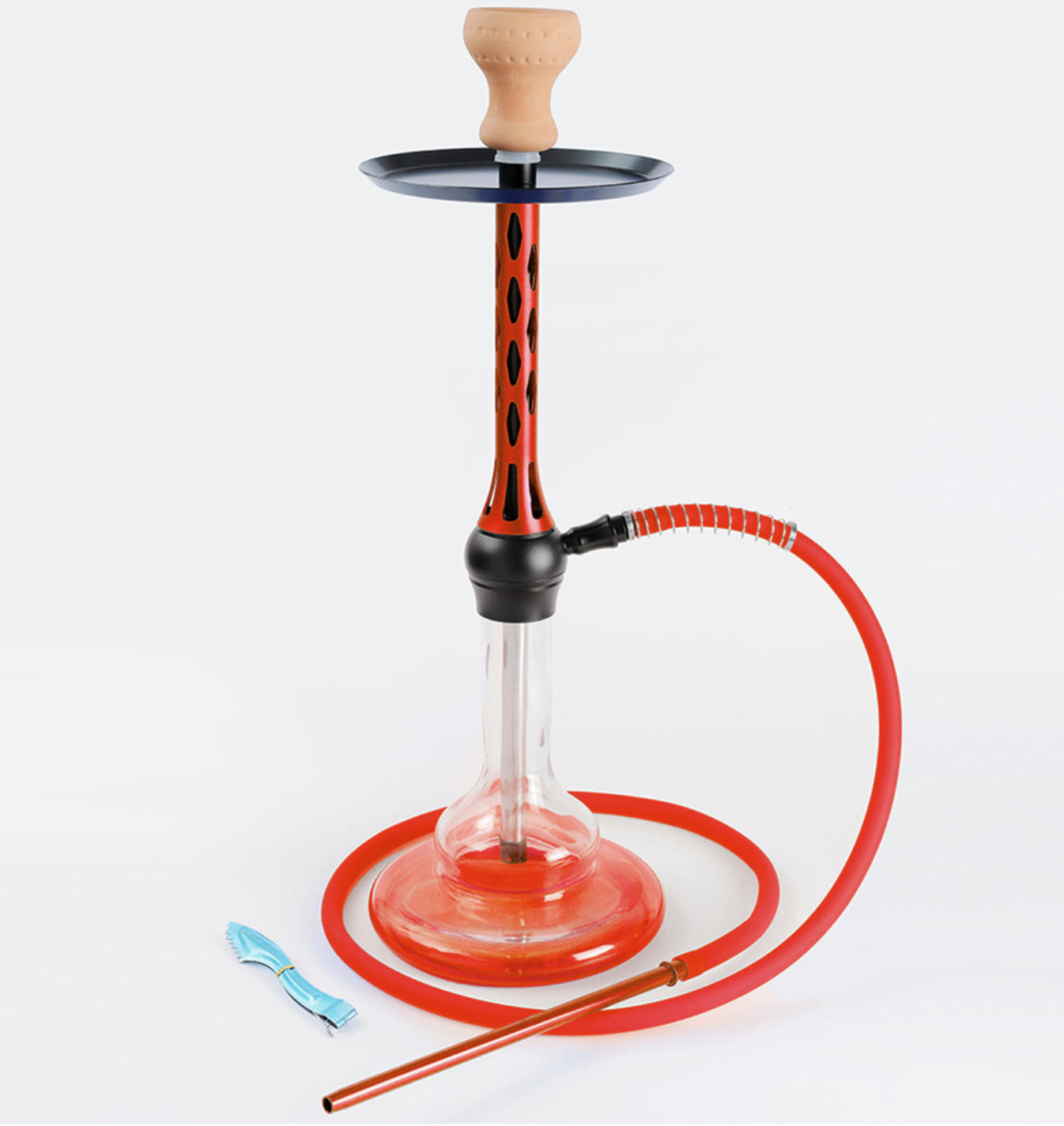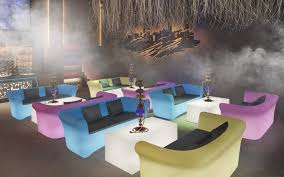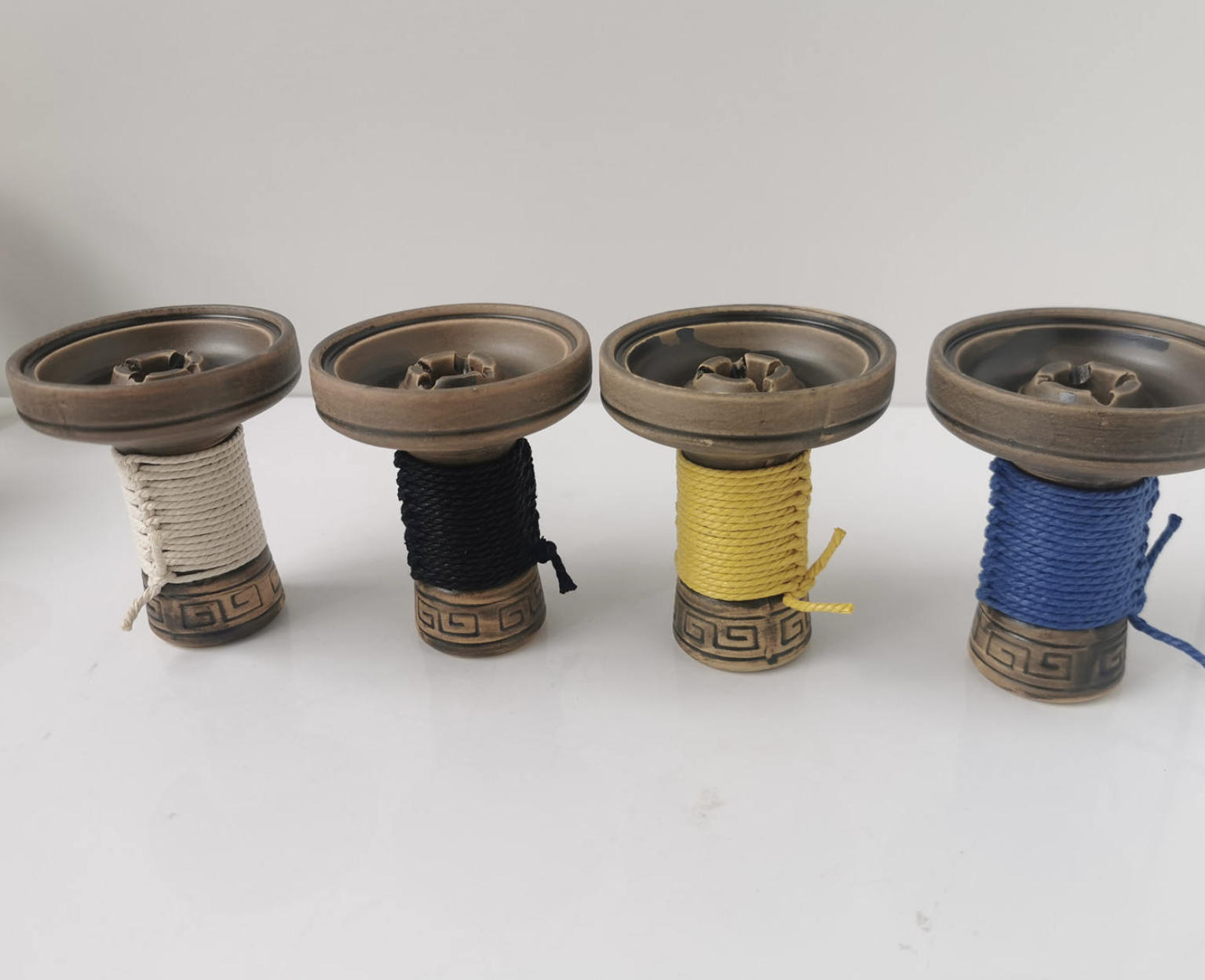The Evolution of Arabic Hookah: A 5-Year Retrospective (2020-2025)
The Evolution of Arabic Hookah: A 5-Year Retrospective (2020-2025)
Over the past five years, the Arabic hookah (shisha) industry has undergone transformative growth, driven by cultural resurgence, technological innovation, and expanding global markets. Here’s an overview of key developments shaping this centuries-old tradition:
1. Market Expansion & Diversification
The global hookah market has seen a 30% compound annual growth rate since 2020, with Asia-Pacific emerging as a key growth region. China, in particular, has become a hub for manufacturing and exporting premium hookahs, including crystal-based designs that blend traditional aesthetics with modern luxury. Demand for customizable and portable hookahs has surged, catering to younger consumers seeking both functionality and social media appeal.
2. Cultural Integration & "Lifestyle Branding"
Hookah culture has transcended its Middle Eastern roots, gaining popularity in Russia, Europe, and North America as a symbol of leisure and social connection. Platforms like TikTok and Douyin have amplified trends such as #maklaud and #shisha, with influencers showcasing artistic hookah setups and flavored tobacco blends67. This digital-driven "prestige culture" has repositioned hookahs as lifestyle accessories rather than mere smoking devices.
3. Technological & Material Innovations
· Health-Conscious Designs: Manufacturers have introduced water filtration upgrades and heat-control systems to reduce harmful byproducts, addressing health concerns.
· Sustainable Materials: Bamboo, recycled metals, and hypoallergenic silicone are replacing traditional brass and clay, appealing to eco-conscious buyers46.
· Smart Hookahs: Bluetooth-enabled devices with app-controlled temperature settings debuted in 2023, targeting tech-savvy urban markets.
4. Regulatory Challenges & Industry Response
Increased scrutiny on tobacco products has prompted stricter labeling laws and age restrictions in key markets like the EU and GCC nations. In response, brands have diversified into herbal and nicotine-free shisha alternatives, now accounting for 22% of global sales35.
5. Future Outlook
Analysts predict a $5.8 billion valuation for the hookah industry by 2025, fueled by premiumization and experiential tourism (e.g., hookah lounges integrated into luxury resorts). However, sustainability and regulatory compliance remain critical hurdles for long-term growth.
From artisanal craftsmanship to digital-age reinvention, the Arabic hookah’s journey reflects a dynamic balance between tradition and modernity—a cultural icon adapting to thrive in a rapidly changing world.
